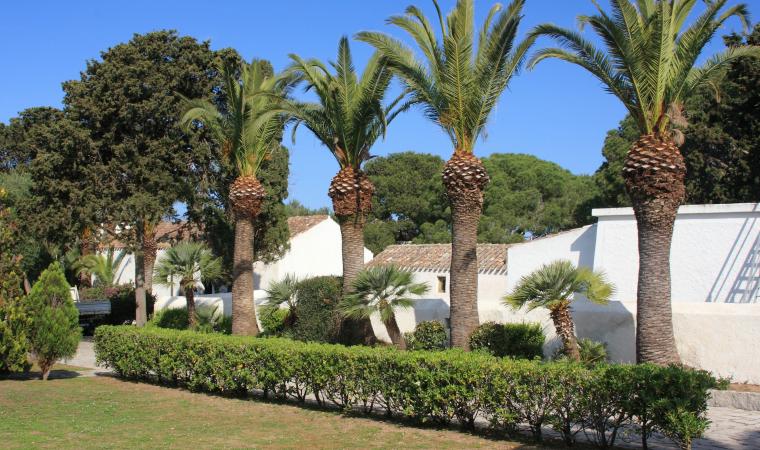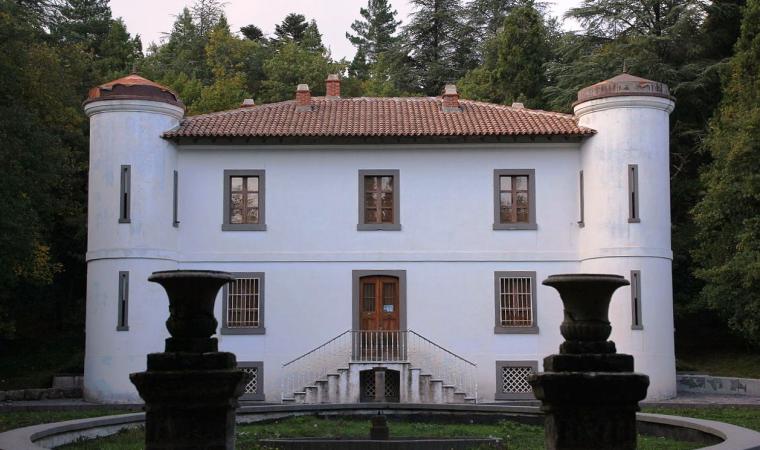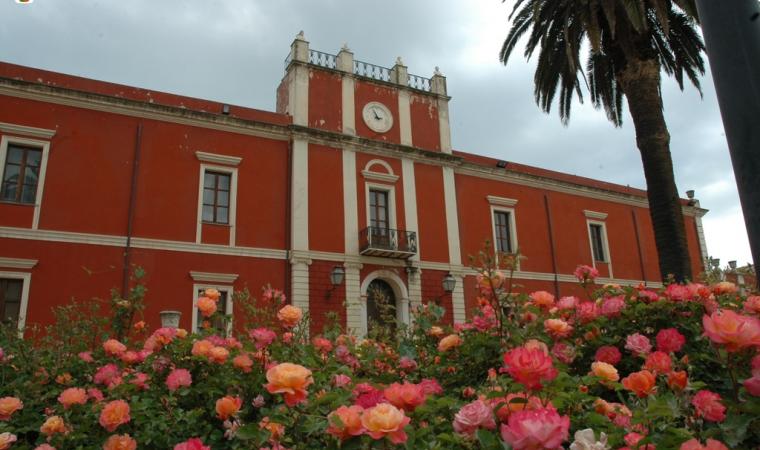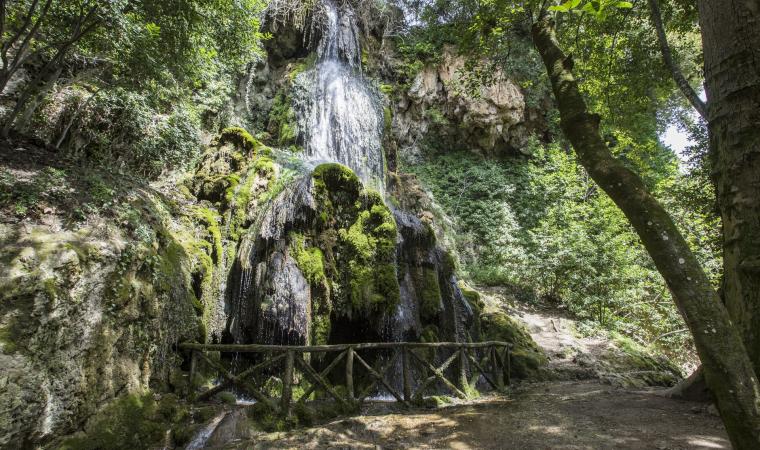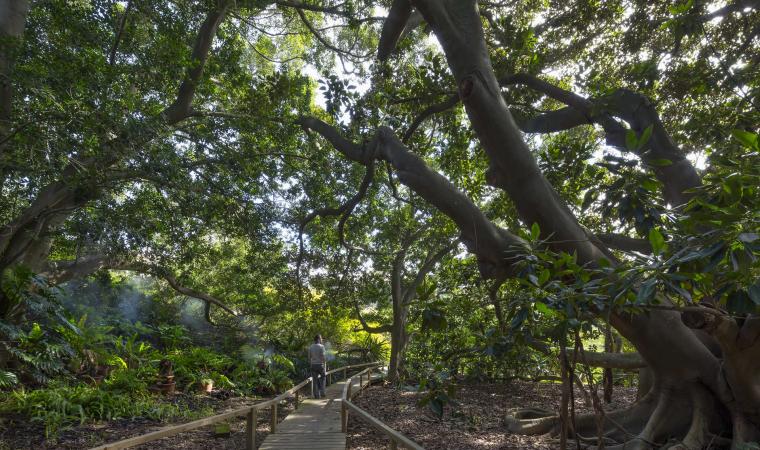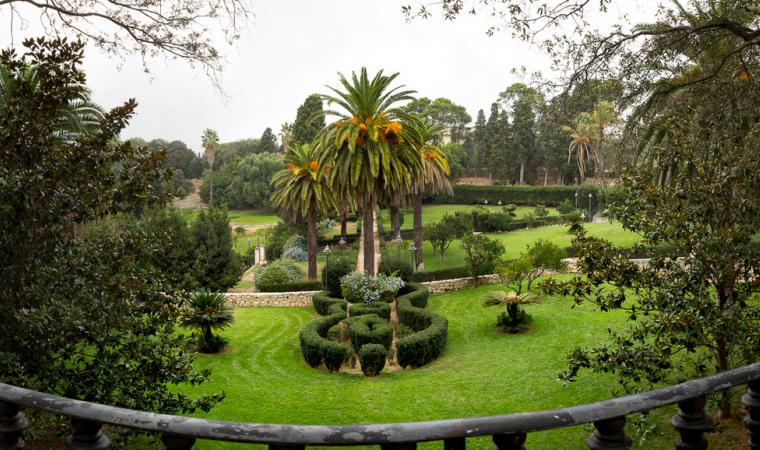A 'green heart' of five hectares in the centre of Cagliari, between Villa di Tigellio and the Roman Amphitheatre. The garden is an open-air museum, an example of cultural and historical-archaeological heritage and, at the same time, a naturalistic and scientific asset. It was founded in 1866 by Patrizio Gennari, who distinguished himself for having given the garden a functional structure in the form of an arboretum for the acclimatization of tropical species. Today, managed by the University of Cagliari, it is also characterised by many Mediterranean flora. In addition to the numerous tree collections, it also houses archaeological remains from various periods: the 'a noria' well, the 'vasca trifoglio', the Gennari cave, the Roman quarry and three bottle-shaped Roman cisterns. Inside the vegetable garden there are also the Germoplasm bank of Sardinia, the biodiversity conservation centre and the Karalitan botanical museum.



